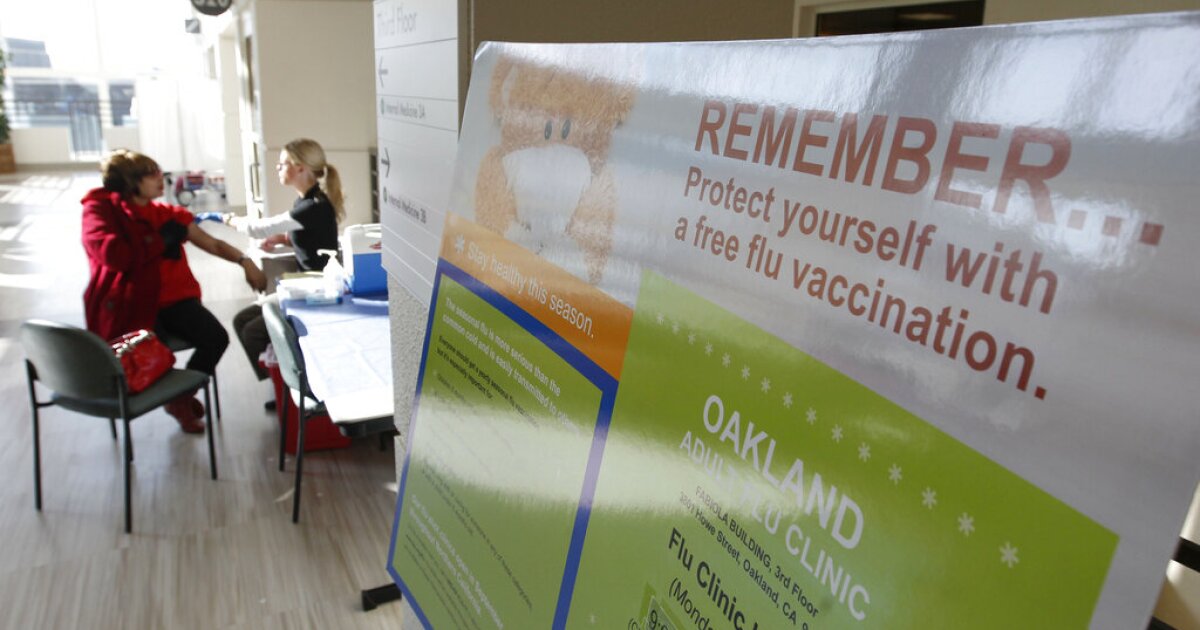

The so-called “tripledemic” appears to be waning, as national data shows that flu, COVID-19, and respiratory syncytial virus or RSV cases are trending downward across the country after a particularly rough respiratory season that pushed children’s hospitals to near capacity.
Emergency room visits for the flu, COVID-19, and RSV combined are at the lowest level they’ve been in three months across all age groups, according to data from the Centers for Disease Control and Prevention. Flu cases were also in decline for the week ending on Jan. 14, with the majority of states reporting minimal to low levels of flu activity.
LAWSUIT SAYS WEST VIRGINIA BAN ON ABORTION DRUGS IS ILLEGAL DUE TO FDA APPROVAL
“Across the nation, we’re definitely hearing our members confirm that they are seeing decreases in COVID, in RSV, definitely in RSV, and the flu,” said Nancy Foster, vice president for quality and patient safety policy at the American Hospital Association. “That said, it is community by community, a little bit of a variable. That is to say, there are communities, there are hospitals from which I am hearing who are still very full or overflowing with patients.”
The majority of hospitals that are still experiencing higher rates are mostly larger facilities and are expected to be the last to see relief as they treat the sickest patients, Foster added.
A spokesperson for Children’s National Hospital in Washington, D.C., also said they have seen rates of flu, COVID-19, and RSV go down in recent weeks and are no longer experiencing “the surge in patient volumes” they had seen in previous months.
Health officials had warned about a potential spike in respiratory viruses following the December holidays, as documented over Thanksgiving weekend when 77% of inpatient hospital beds across the country were occupied, though the worst appears to have been avoided.
“We did see a growing number of COVID patients, we did see a growing number of flu patients during that period, but it was nowhere near the huge surge that we saw in early 2022,” said Foster.
The lower case counts are also driving down demand for fever and pain-reducing medications that were in short supply in recent months. Pharmaceutical giants Walgreens and Rite Aid recently removed online purchase limits on children’s fever and pain-reducing medicines.
A spokesperson for the Consumer Healthcare Products Association said they are encouraged by recent trends that “the worst may be over, and demand will lessen in the future.”
CLICK HERE TO READ MORE FROM THE WASHINGTON EXAMINER
The current respiratory season and coronavirus pandemic, however, have exposed vulnerabilities in the supply chain.
“The lesson we have learned throughout the COVID pandemic is that the supply chain is more fragile than we imagined and that we need to really work hand in hand with the federal agencies and the suppliers and distributors to create a much more substantial and resilient supply chain for vital products,” said Foster.





